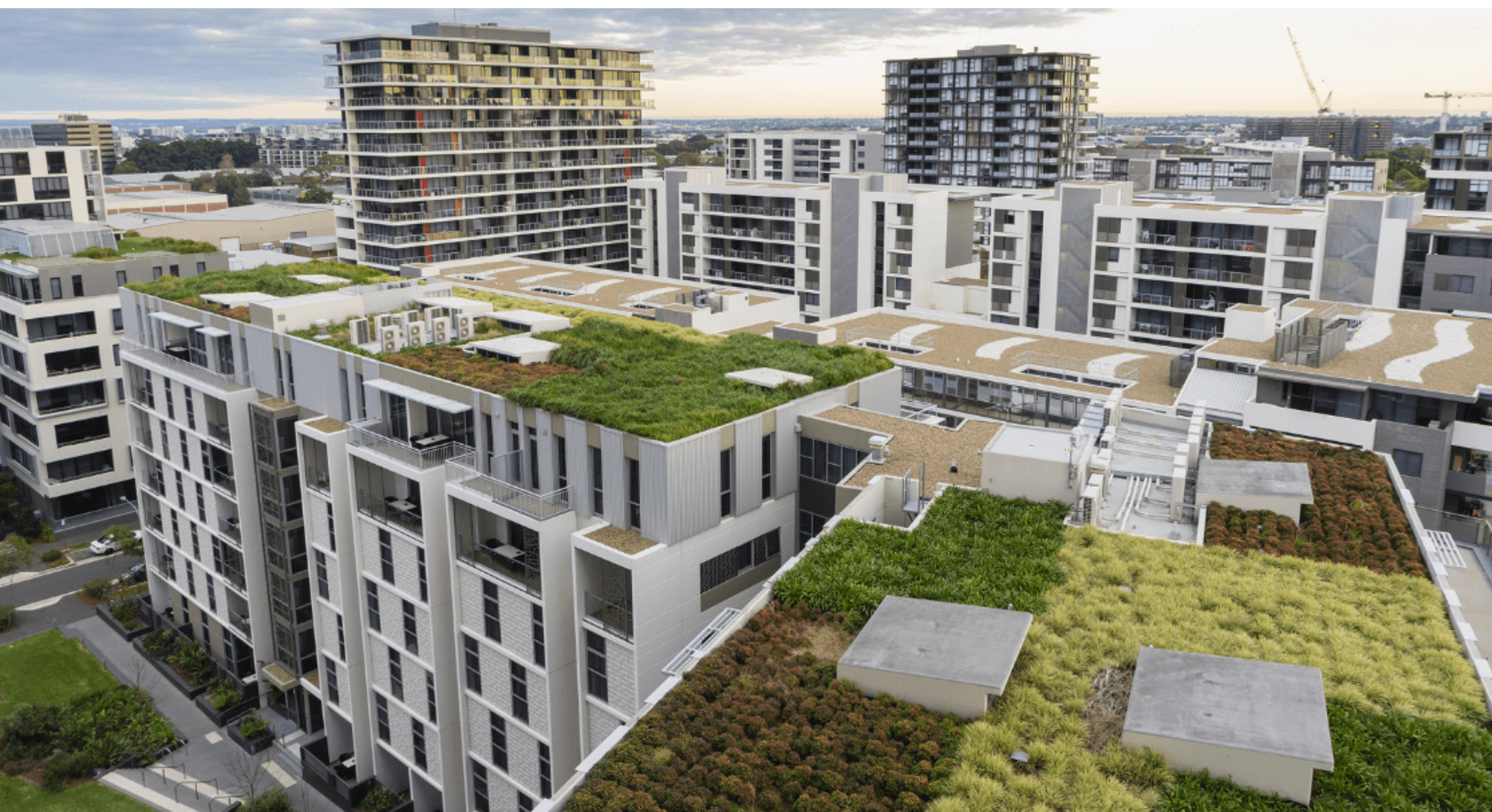The Role of Green Buildings in Real Estate Development in 2025
https://buymeacoffee.com/kaysogy/the-role-green-buildings-real-estate-development-2025
 In 2025, the push for sustainability is no longer optional in real estate, but it is essential. Across the globe, green buildings are reshaping how developers, investors, and homeowners approach property ownership and construction. With environmental concerns, rising energy costs, and a growing demand for healthier living spaces, sustainable real estate has become a cornerstone of modern development. Green buildings prioritize energy efficiency, reduced carbon footprints, and environmentally friendly materials, all while delivering long-term value and comfort. Whether you're navigating online property listings as a buyer or reviewing property investment strategies as a developer, understanding the role of green buildings is key to thriving in the modern market.
In 2025, the push for sustainability is no longer optional in real estate, but it is essential. Across the globe, green buildings are reshaping how developers, investors, and homeowners approach property ownership and construction. With environmental concerns, rising energy costs, and a growing demand for healthier living spaces, sustainable real estate has become a cornerstone of modern development. Green buildings prioritize energy efficiency, reduced carbon footprints, and environmentally friendly materials, all while delivering long-term value and comfort. Whether you're navigating online property listings as a buyer or reviewing property investment strategies as a developer, understanding the role of green buildings is key to thriving in the modern market.
1. What Are Green Buildings: Green buildings are structures designed to minimize environmental impact throughout their lifecycle from design to demolition. They integrate energy-efficient systems, sustainable materials, water-saving technologies, and healthy indoor environments. They’re aligned with global goals for sustainable urbanization and are reshaping real estate market trends in both residential and commercial sectors.
2. Why Green Buildings Matter in 2025: With climate change concerns at the forefront, regulatory bodies are mandating greener practices in urban planning. Buyers are increasingly interested in eco-conscious properties, and first-time homebuyers are prioritizing sustainability along with affordability and location. Incentives like tax breaks and lower utility bills also make green homes more attractive.
3. Energy Efficiency as a Value Driver: Energy efficiency is a defining feature of green buildings. Solar panels, smart HVAC systems, LED lighting, and insulation improvements reduce operational costs significantly. This increases a property’s long-term value and ROI, making it a vital factor in property valuation tools assessments.
4. Smart Home Technology and Sustainability: Many green buildings incorporate smart home technology to manage lighting, temperature, and security systems. Automation enhances efficiency and allows homeowners to monitor their consumption in real-time. This integration supports both environmental responsibility and modern convenience.
5. Green Certifications Boost Property Appeal: Green-certified buildings (such as LEED, BREEAM, or EDGE) command higher rents and faster sales. These certifications signal trust and quality, and many cloud-based real estate solutions now highlight such features in listings for added visibility. Buyers and investors view certification as a mark of modernity, safety, and low operational cost.
6. Healthier Living and Workspaces: Green buildings prioritize air quality, natural light, and non-toxic materials that lead to improved health outcomes for residents. With remote work on the rise, interior design inspiration now focuses on creating productive, healthy home office spaces, making green buildings even more desirable.
7. Lower Operating Costs for Landlords: Landlords benefit from reduced utility bills and maintenance costs in green buildings. These savings support better rental property management and improved cash flow. Tenants are also more willing to pay a premium for eco-friendly living, making these properties financially attractive.
8. Green Retrofits as Investment Opportunities: Investors are increasingly targeting older buildings for green upgrades. From insulation and efficient appliances to solar installations, these retrofits can qualify for green certifications and boost the asset’s value. These projects also allow investors to implement innovative home renovation ideas.
9. Appeal to Tech-Savvy Tenants and Buyers: Today’s tenants use real estate mobile apps to filter properties by eco-friendly features. Listings that emphasize green attributes receive more inquiries and higher engagement. Use digital property management platforms to highlight these features and attract the right audience.
10. Resilience Against Market Shifts: Green buildings offer long-term resilience, physically, economically, and reputationally. They are built to last, adapt well to regulatory changes, and meet the growing demand for climate-conscious housing. In volatile markets, green properties provide stable investments backed by shifting buyer values and trends.
Conclusion: In 2025, green buildings are no longer niche but they are the future of real estate development. They deliver environmental, economic, and social value to all stakeholders from developers and landlords to renters and homeowners. By incorporating sustainable real estate practices and leveraging smart home technology, real estate automation, and property investment strategies, the industry can meet both profit goals and planetary needs. Whether you’re planning a new project, buying your first home, or optimizing your property portfolio, going green is no longer just a trend but it is a smart, strategic decision for success in today’s real estate market.
Comments
Post a Comment